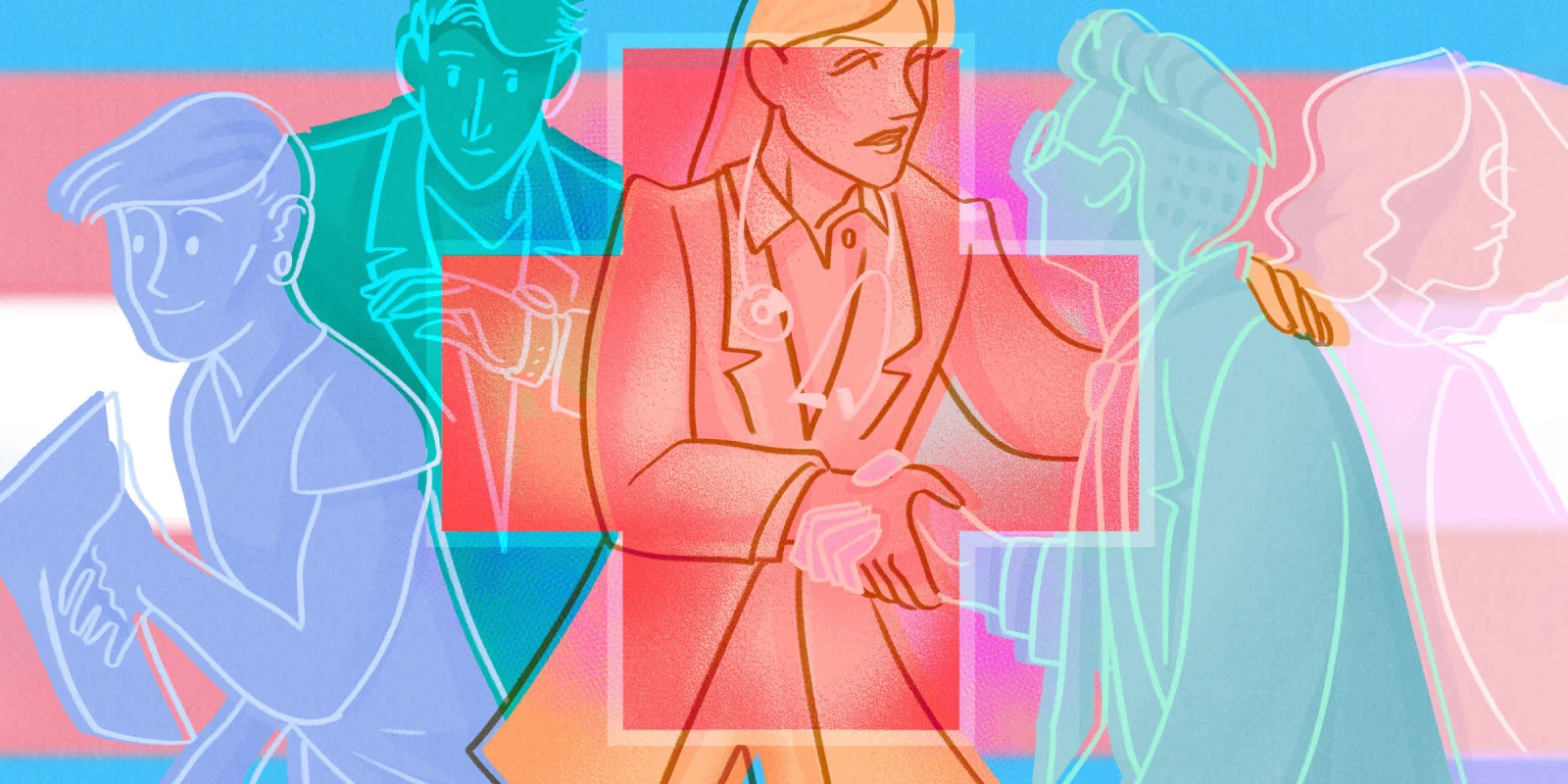I walk into the first in-person class of my medical school career geared up in an N-95 and face mask. For the first time in medical school, I’m sitting in a classroom with 10 classmates and two attending physician preceptors, spaced six feet apart. Despite the social distance, there is a buzz of excitement in the room attributable to the fact that this is our On Doctoring course, where we will begin to learn what many of us have dreamed of for years: how to be physicians. In this room, we learned how to take a complete patient history, how to properly auscultate the lungs, and how to conduct a motivational interview — among many other things — not as future pediatricians or radiologists or surgeons, but as undifferentiated physicians-in-training.
Now, as a fourth-year medical student gearing up to apply to orthopaedics residency, the last few months have been replete with reflections. I’ve found myself asking, how did I arrive here, and who was instrumental in guiding my path? As I think about entering medical school as an “undifferentiated” cell, I realize that those who taught me during my earliest experiences in medical school perhaps played the greatest role in my eventual differentiation.
Early on, I was exposed to the fields of surgery and orthopaedics through one of my preceptors in my On Doctoring class, a weekly, high-contact class that taught us clinical and physical exam skills prior to our clerkship years. One of these preceptors has now become a close mentor as I have decided to pursue a career in orthopaedics, inviting me to clinic, the OR, and research opportunities. This sponsorship in large part has allowed me to feel confident that, as a first-generation American and woman, I belong and can meaningfully contribute to the field of orthopaedics, currently the most male-dominated specialty in medicine. I recognize that I am extremely privileged in my access to such a mentor, as many future physicians may not have had the opportunity to meaningfully interact with physicians that share their future choice of speciality or identity in their preclinical years.
Historically, preclinical medical school faculty have not reflected the gender or ethnic makeup of the student body or the population at large. Although we still have a long way to go, over the past 40 years, the AAMC Faculty Roster demonstrates increasing numbers of women and small increases in the number of underrepresented preclinical faculty. However, the faculty roster does not demonstrate whether this population teaches in small-group courses that offer high contact and mentorship opportunities with preclinical medical students. Stated simply, this does not establish whether the increasing numbers of women and historically underrepresented preclinical faculty — particularly faculty in surgical subspecialties — are truly represented in impactful teaching roles.
Lack of robust mentoring presents an addressable barrier to career success for many students, but especially for underrepresented students and women in medicine, and women have less access to informal mentoring and greater difficulty in finding mentors than men. Furthermore, studies have demonstrated that having more diverse faculty members is associated with greater racial, ethnic, and sex diversity among medical students, and vice versa. As such, gathering demographic faculty data in small-group preclinical courses, such as doctoring or clinical skills courses, is essential, as these courses are broadly represented across Liaison Committee on Medical Education-accredited medical schools and offer some of the strongest mentorship opportunities for preclinical students.
Additionally, these small-group, preclinical courses influence students at a particularly formative time, one of transition and development of their values and ethical framework. The lessons, values, and framework learned in these courses, in addition to the mentors, role models, and sponsors preclinical students meet through these courses, have the potential to influence their future specialty choice. If I hadn’t met my On Doctoring preceptor, I don’t believe I would have considered orthopaedic surgery as early as I did.
As Marian Wright Edelman said, “You can’t be what you can’t see.” Or, perhaps more pointedly, it is more difficult to imagine becoming that which you cannot see. Representation and allyship matters, especially in fields that have been historically dominated by certain subsets of society, and especially early on in one’s trajectory within those fields. In medicine, this representation and allyship is especially important in the faculty who are teaching preclinical students, as these faculty are some of the earliest educators and role models of what students might imagine themselves becoming.
Studying preclinical representation in these small group courses must include utilizing the existing AAMC Faculty Roster as a reliable source of demographic data, including identities that are marginalized in medicine. It would also be important to include faculty who identify as nonbinary/gender nonconforming, a group currently not represented in the national data, in this analysis. Gathering data on faculty compensation for teaching in small-group, high-contact courses and studying how this might correlate with gender, race/ethnicities, rank, and specialty representation among preclinical faculty would be informative in determining which groups of faculty members may be dedicating time toward small-group, mentorship-focused medical education despite its historically lower renumeration or reliance on volunteer or emeritus faculty.
Although trends indicate that diverse representation in preclinical faculty is increasing, a closer look is needed to determine whether this increase is reflected in positions that have manifold mentoring potential for preclinical medical students. National efforts must be made to centralize and gather this data so that we may continue to track, improve, and diversify representation — with regards to more than just gender makeup — in preclinical medical education. I hope that I can do my part, as a future educator, to inspire other women and underrepresented students in my field that they, too, belong, and that they too, have a crucial perspective and skillset to offer, to the benefit of our broader communities and population.
Adina (she/her) is a fourth-year medical student at the Geisel School of Medicine at Dartmouth, where she has led efforts with the Health and Humanities Scholars, Rural Health Scholars, White Coats for Black Lives student groups, and the Good Neighbor Health Clinic. She is currently on an Academic Scholar Year pursing clinical trials research in orthopaedics at Dartmouth, and is passionate about efforts surrounding health equity, DEI, and narrative medicine.
Illustration by April Brust






